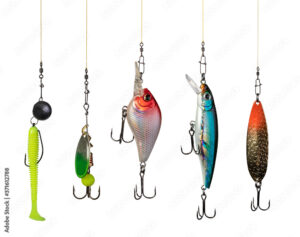
Show Me the Money: How to Ensure Your Sales Team is Getting What They Deserve
Money Talks, But Is It Saying the Right Thing? Are you paying your sales team what they’re worth? This question can make any business owner break out in a cold sweat. As a business owner, it’s natural to feel overwhelmed regarding compensation practices. After all, your sales team is responsible for bringing in revenue and keeping your business afloat. But how do you know if you are compensating them fairly? Fear not; we’re here to discuss how to evaluate your compensation practices and make sure your salespeople feel valued and motivated to bring in more sales. First, let’s talk about the importance of fair compensation. When salespeople feel undervalued or underpaid, they will likely become disengaged and unproductive. This can lead to a decline in sales and ultimately hurt your bottom line. On the other hand, when salespeople feel fairly compensated, they are more likely to be motivated and loyal to your company, leading to increased sales and profits. So, how do you evaluate if you are compensating your salespeople fairly? Best Practice 1: What’s The Competition Doing? First and foremost, industry standards are a critical factor to consider when evaluating compensation fairness. You don’t want to be the stingy outlier in your industry, nor do you want to overpay. So, do your research, and find out the going rate for similar jobs in your industry. Then, benchmark your compensation practices against them. That way, you can ensure your compensation practices are on par with your competitors and remain competitive









